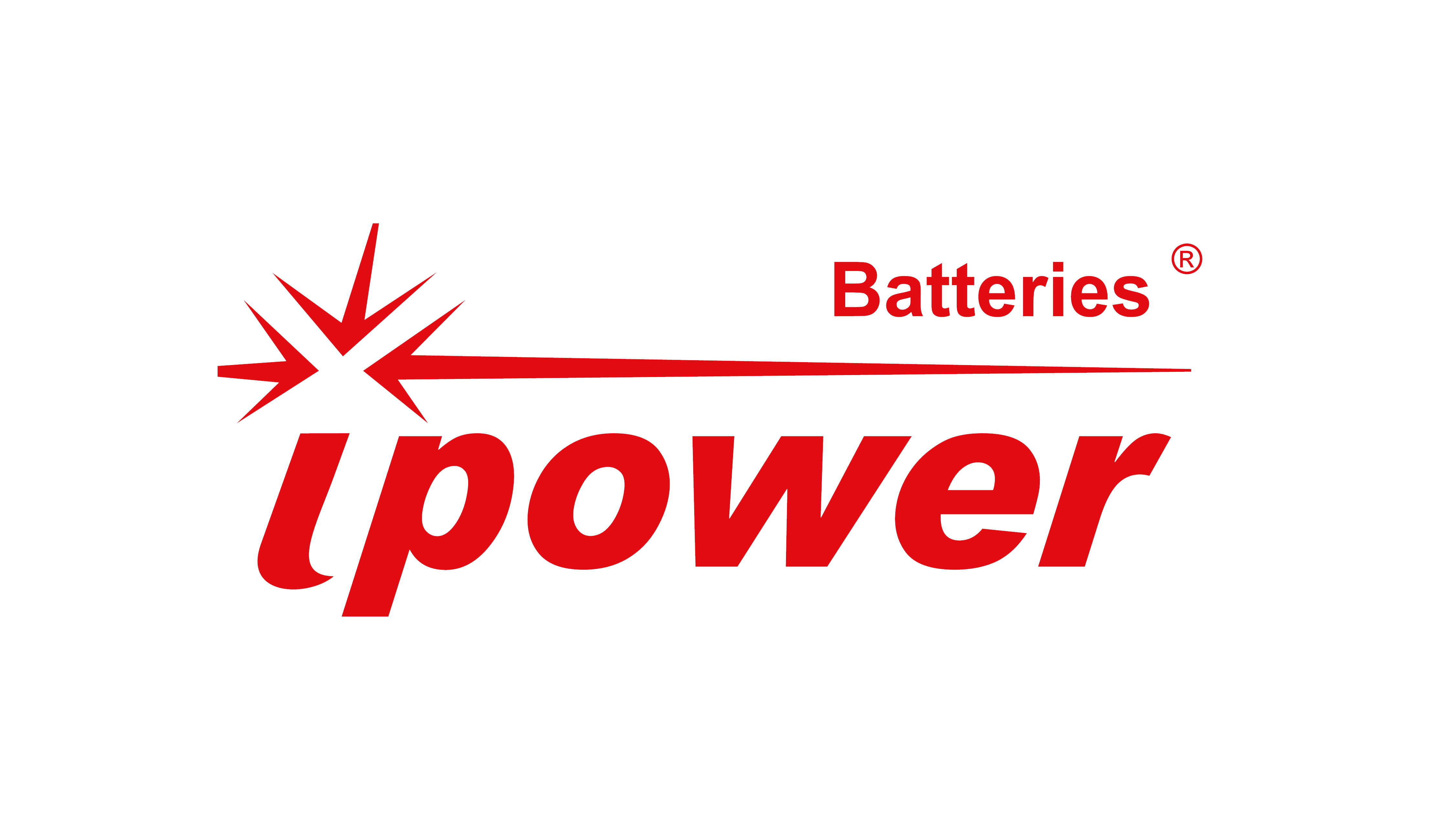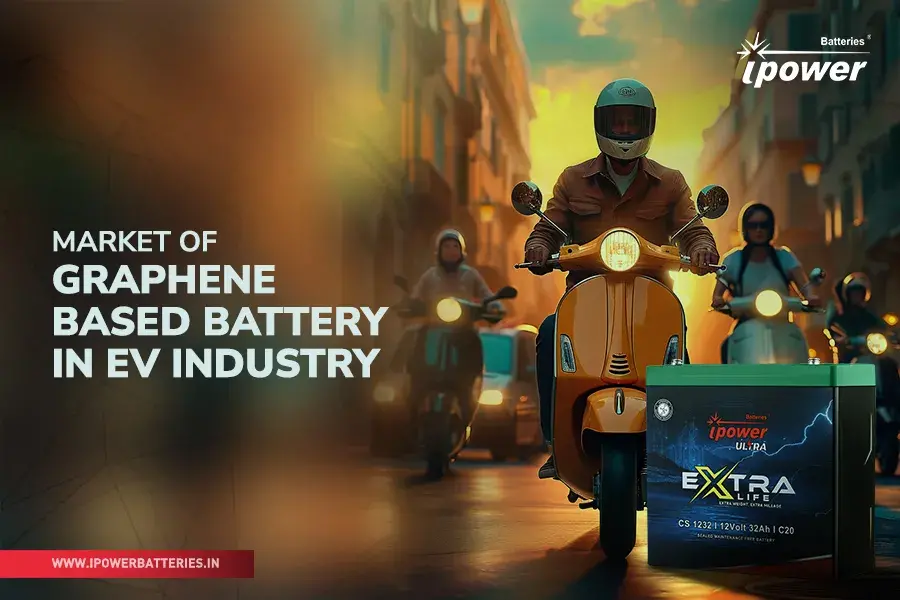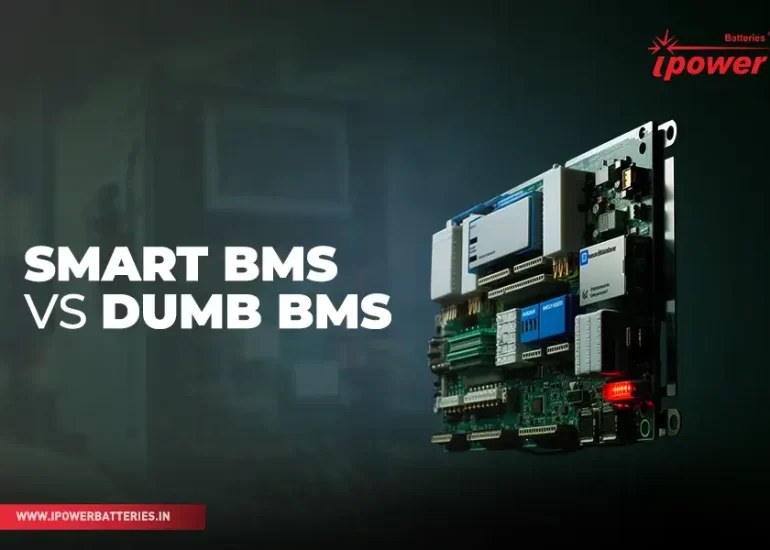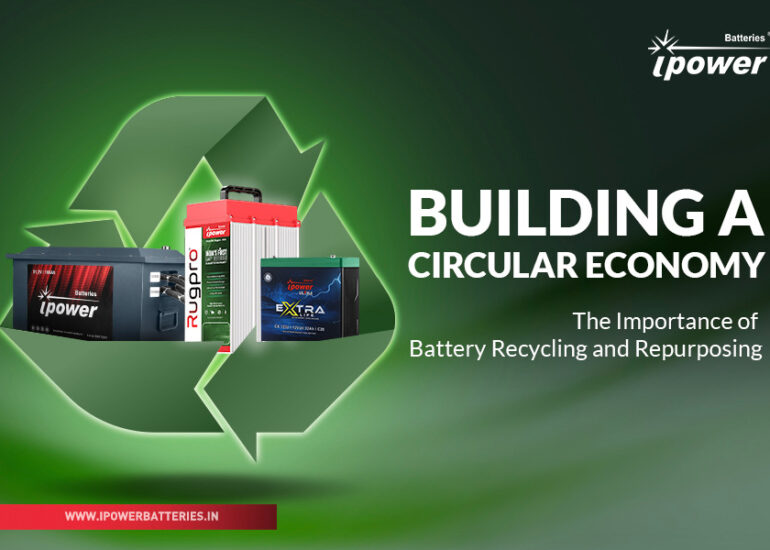The electric vehicle (EV) industry stands on the cusp of a technological revolution, not just in terms of vehicle design or automation, but more fundamentally, in how these vehicles are powered. At the heart of this evolution lies the humble battery, undergoing transformative changes that promise to supercharge the future of transportation. Among these innovations, graphene-based lead acid batteries emerge as a game-changer, marrying traditional technology with cutting-edge material science.
The Backbone of EVs: A Glimpse into Battery Technology
Historically, the EV market has leaned heavily on lithium-ion batteries, prized for their energy density and longevity. However, they’re not without drawbacks, including high costs and resource-intensive production. Parallelly, lead-acid batteries have been the workhorses of traditional automotive industries, valued for their reliability and lower costs, yet criticized for their weight and slower charge times.
Enter graphene, a material thinner than human hair yet stronger than diamond. Its integration into lead acid batteries heralds significant performance boosts, potentially overcoming traditional limitations and offering a more sustainable, cost-effective solution.
Unpacking Graphene-based Lead Acid Batteries
At their core, graphene-based lead acid batteries incorporate graphene’s superior electrical conductivity, which significantly enhances charge rates and battery life. This not only improves efficiency but also reduces wear and tear, extending the battery’s operational lifespan.
Key Advantages:
Rapid Charging: Graphene’s conductivity allows for faster electron flow, slashing charging times dramatically.
Durability: Enhanced strength and flexibility of graphene improve battery longevity and resilience.
Cost-Effectiveness: Leveraging existing lead-acid battery infrastructure, these graphene-enhanced versions promise lower upfront costs compared to other advanced batteries.
Navigating the Market Landscape
The market for graphene-based lead acid batteries is burgeoning, driven by a blend of innovation and demand for greener, more efficient EV solutions. Early adopters and industry giants are already piloting projects, signaling a shift towards broader acceptance.
Market Dynamics:
Adoption Rates: Growing steadily as technology matures and benefits become more apparent.
Key Players: A mix of startup innovators and established battery manufacturers are leading the charge, investing in R&D to unlock the full potential of graphene.
Cost Factors: Initially higher than traditional lead acid batteries, but expected to decrease with scale and advancements in graphene production techniques.
However, challenges remain, notably in scaling graphene production and integrating it seamlessly into existing battery manufacturing processes without inflating costs.
The Road Ahead: Graphene’s Role in the Future of EV Batteries
The trajectory for graphene in the EV battery sector looks promising. Ongoing research focuses on optimizing graphene’s integration, improving battery capacities, and reducing production costs. The potential for graphene-based batteries to offer longer ranges, reduced weight, and faster charging times could be a pivotal moment for the EV industry, aligning with broader sustainability goals.
Future Perspectives:
Innovation in Battery Design: Exploring new battery architectures that fully leverage graphene’s properties.
Sustainability: Enhanced recycling processes and reduced reliance on rare materials position graphene-based batteries as a greener alternative.
Market Expansion: As adoption grows, the competitive landscape will evolve, potentially lowering costs and fostering more widespread use.
Conclusion: Charging Towards a Graphene-powered Future
Graphene-based lead acid batteries represent a significant step forward in the quest for more efficient, sustainable, and cost-effective EV technologies. While hurdles remain, the combined efforts of researchers, industry stakeholders, and investors could see this innovative battery technology driving the future of electric transportation.
For business stakeholders in the EV industry, the message is clear: investing in graphene battery technology is not just investing in a product but in a sustainable and electrifying future. The road ahead is charged with potential, and graphene-based lead acid batteries are poised to lead the charge.






The blog was helpful in many ways and was so easy to understand i hope you keep uploading more blogs.